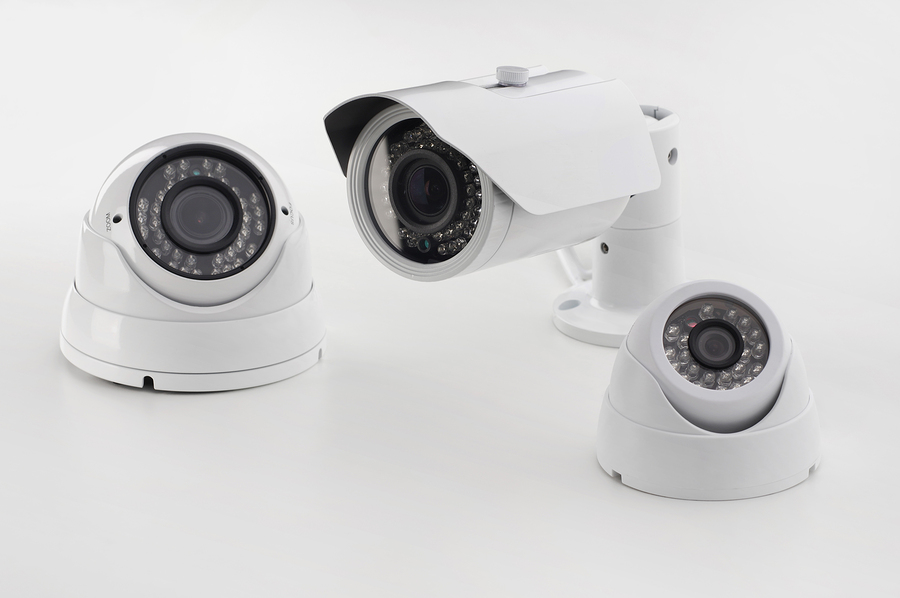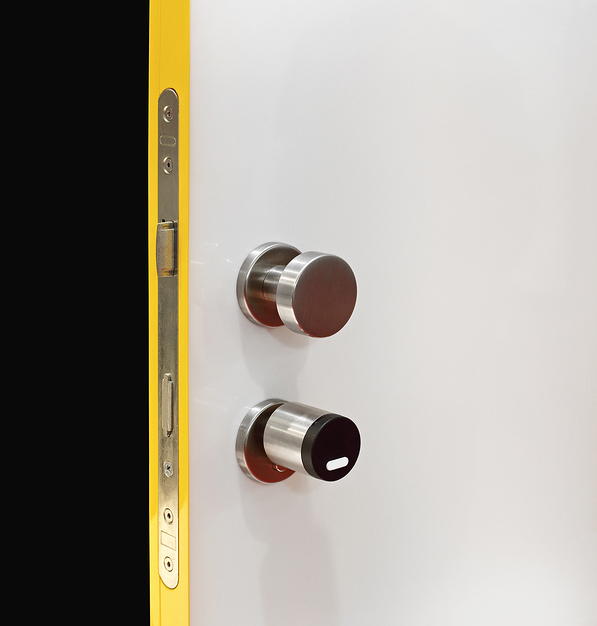IoT: Smart Homes, Software, and Switches (Part 1)
By Mike Bolduc | February 14, 2017
Similar to previous years, the internet of things (IoT) theme was highly visible at this year’s 2017 consumer electronics show (CES). In the past the focus was on connected devices, however this year the theme was all about integration. Amazon’s Echo (think of Alexa) and Apple’s HomeKit were commonly associated with a variety of smart home devices. There is currently no shortage of smart home devices on the market – existing products include everything from smart thermostats and door locks to refrigerators with internal cameras which allow you to see what’s inside while you’re at the market. However, aside from all the excitement, many questions still remain about the adoption of smart home technology. Which products add the most value to the typical homeowner? How do they all work together? How reliable are they? What is the risk of obsolescence? Many of these questions relate to a common theme - the role and value of hardware and software in the end device.

From a hardware perspective, it’s important to highlight that consumers almost always need to interact with the device no matter how “smart” it is (at setup, to modify settings, to reset the device, etc) and how they perceive that experience can have a big impact on their overall satisfaction and perception of quality with the end product. While the cell phone apps and software tend to get the most attention, they can also be the cause of a lot of frustration. A recent study from Argus Insights indicated that consumers were more frustrated with the applications which dictate, schedule, and manage devices than with the actual devices themselves. Another Argus study indicated that consumer distrust about the reliability of connected devices was obstructing adoption of smart home products. With this in mind, it’s helpful to identify some key hardware functions and how they contribute to consumer satisfaction of smart home devices.
The most popular devices within the smart home include smart lighting, smart thermostats, and home security products. This makes a lot of sense when you consider that almost half of residential energy consumption in the US is due to heating and cooling (US Energy Information Administration) and that a burglary takes place every 14.1 seconds in the US (iControl Networks study).
Home security is one of the key growth areas within the smart home market. A recent study by iControl Networks indicated that personal and family security is a key driver in smart home adoption for 90% of consumers. Key products for home security include internet or IP cameras and connected door locks. IP cameras are one of the fastest growing areas within the smart home space and can range in price from $60 to $200 per camera. As with many smart home products, the focus is placed on how easy it is to set up the camera using the cell phone app and the ability to leverage the internet and monitor the house from your laptop. While the software would appear to eliminate the need for a hardware device such as a switch, there is a key situation where the hardware becomes important as the customer interface – when you forget the password to your account. In that case, the unnoticed and inexpensive little switch inside the camera can become the difference between being able to reset your system and having a home full of expensive technology which can’t show you anything.

For controlling entry to your home, there are various products on the market including internet doorbells with a built in camera to show you who is at the front door and smart door locks which allow you to unlock the door remotely. These devices can come in handy to unlock your house for the babysitter or the forgetful teenager who left their keys at school. Most smart locks utilize some type of miniature tact switch to setup or reset the lock. These switches need to be small, have long life and be able to deal with rain, humidity, and other environmental conditions. Switches used on internet doorbells, in addition to having a small form factor, will require high cycle life and the ability to accommodate over-travel and over-force conditions (think of the neighborhood kids and pesky salespeople who pound on the doorbell repeatedly). Once again, while the internet and software get the glory, it’s the simple switch which can become the difference between a product creating convenience or frustration.
The smart home trend is poised to drive impressive growth in the coming years as well as make the average home safer and more energy efficient. While software and communications platforms will play a big part of this, the simple and inexpensive switch will be there to make sure the consumer always has some degree of control over the operation and reliability of these devices. In Part 2 of this blog, we’ll examine the role of smart lighting and smart thermostats within the home and how they can contribute to tangible cost savings for the consumer.

Mike Bolduc
Global Segment Manager
Industrial & Medical
